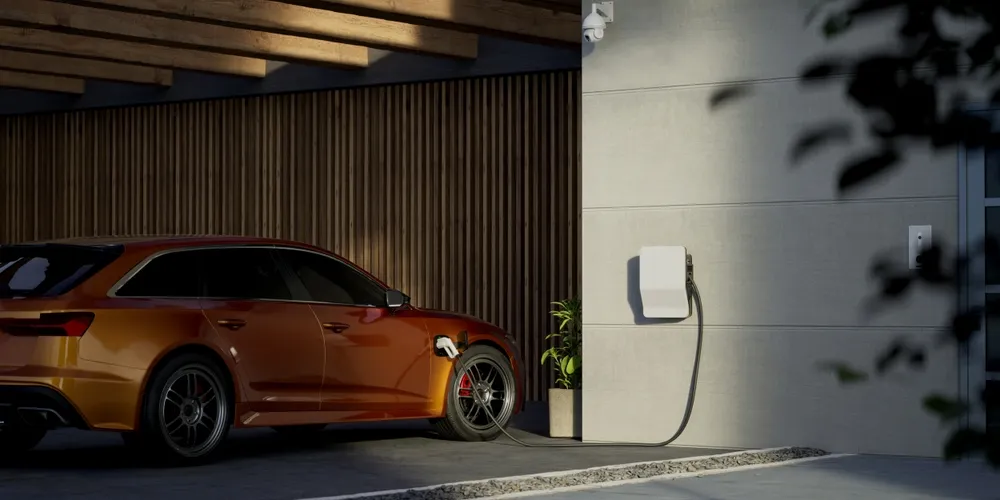
The Impact of Electric Vehicles on Auto Insurance Rates
The automotive industry is in the midst of a transformation. With the push toward sustainability and technological advancement, electric vehicles (EVs) are no longer a niche market but a mainstream reality. Governments are incentivizing EV adoption, manufacturers are phasing out internal combustion engines, and consumers are increasingly embracing the shift.
But with new technology comes new costs—especially when it comes to auto insurance. While EVs promise long-term savings on fuel and maintenance, they also introduce unique challenges for insurers, often leading to higher premiums. Why? Let’s explore the evolving landscape of EV insurance costs in 2025.
1. Why Are EV Insurance Premiums Higher?
Many new EV owners are surprised to find that their insurance premiums are higher than those for gas-powered cars. There are several reasons for this:
- Higher Repair Costs - EVs are built with advanced technology—from sophisticated battery systems to autonomous features—which means repairs are more expensive.
- Many mechanics are not yet trained to service EVs, meaning repairs often require specialized technicians and certified repair centers.
- Even minor accidents can lead to costly battery damage, which may require full battery pack replacement—one of the most expensive components of an EV.
- Expensive Replacement Parts - EV parts are not as widely available as traditional car components. This scarcity drives up replacement costs.
- Some EVs, particularly Tesla models, have unique body designs that make repairs more labor-intensive and expensive.
- Higher Claim Payouts - Insurers set premiums based on risk and claim history.
- Data shows that EVs often have higher claim amounts due to expensive parts and labor.
- Some insurance companies classify EVs as "total losses" more frequently than traditional cars, as repair costs can exceed the vehicle’s value.
2. Specialized Insurance Needs for EVs
Beyond the usual coverage for accidents and liability, EV owners require additional protections that don’t apply to gas-powered vehicles.
- Battery Coverage - The battery is the most expensive part of an EV, and not all insurance policies cover battery damage in the same way. Some policies exclude degradation (natural wear over time), while others may not cover water or thermal damage.
Pro Tip: If you own an EV, check whether your insurer covers battery-specific repairs and replacements—this can make a significant difference in a major claim.
- Charging Equipment Protection - Many EV owners install home charging stations, which can be expensive to replace if damaged.
- Some insurance policies offer coverage for charging stations, but not all do.
- Public charging accidents—such as damage from faulty stations—can also create liability complexities.
- Roadside Assistance and Towing - EVs require specialized towing—traditional tow trucks can damage the battery if not handled properly.
- Standard roadside assistance may not be equipped to handle EV-specific issues, such as a dead battery that requires mobile charging.
3. Do Some EVs Have Cheaper Insurance Than Others?
Yes. Not all EVs are insured equally. Some factors influence how much your insurance will cost based on the model you choose:
- Vehicle Cost and Safety Ratings - Luxury EVs (Tesla, Rivian, Lucid) tend to have higher premiums due to their price tags and specialized parts.
- More affordable EVs (Chevrolet Bolt, Hyundai Ioniq 5, Volkswagen ID.4) may have lower insurance costs, especially if they have high safety ratings.
- Advanced Driver Assistance Systems (ADAS) - Many EVs come with autonomous features and advanced safety technology, such as lane-keeping assist, automatic emergency braking, and collision avoidance. While these can reduce accident risk, they also increase repair costs when damaged.
- Crash Test Ratings - Insurance companies favor vehicles with strong crash-test ratings. Before purchasing an EV, check ratings from IIHS (Insurance Institute for Highway Safety) and NHTSA (National Highway Traffic Safety Administration)—a higher-rated car may qualify for lower premiums.
4. How Can EV Owners Lower Their Insurance Costs?
While EV insurance tends to be higher, there are ways to reduce your premium without compromising coverage.
- Compare Insurance Providers - Not all insurance companies assess EV risks the same way. Some insurers specialize in EV coverage and offer better rates.
Pro Tip: Compare at least three different insurance providers before making a decision.
- Opt for Usage-Based Insurance (UBI) - Some insurers use telematics-based programs that track driving habits and adjust premiums accordingly. If you’re a careful driver, this could significantly lower your rate.
- Bundle Policies - If you own a home, you might save by bundling your auto and home insurance with the same provider.
- Increase Your Deductible - If you have enough savings to cover a higher deductible in case of an accident, this can help lower your monthly premium.
5. The Future of EV Insurance: Will Rates Go Down?
As EVs become more common, insurance premiums are expected to stabilize. Here’s why:
- Repair networks will expand, making fixes cheaper and more accessible.
- Battery costs are projected to decrease, which could reduce claim payouts.
- More insurers will enter the EV market, increasing competition and leading to better pricing for consumers.
However, for now, EV owners should be proactive in finding the best insurance options and ensuring their policies cover the unique risks associated with electric vehicles.
Final Thoughts: Is EV Insurance Worth the Higher Cost?
Although EV insurance premiums can be higher than for traditional vehicles, the overall savings on fuel, maintenance, and long-term sustainability make electric vehicles an attractive option. Moreover, as the insurance market adjusts, prices are expected to become more competitive.
Ultimately, understanding the unique factors that affect EV insurance can help you make informed decisions when purchasing an electric vehicle and choosing the right coverage.